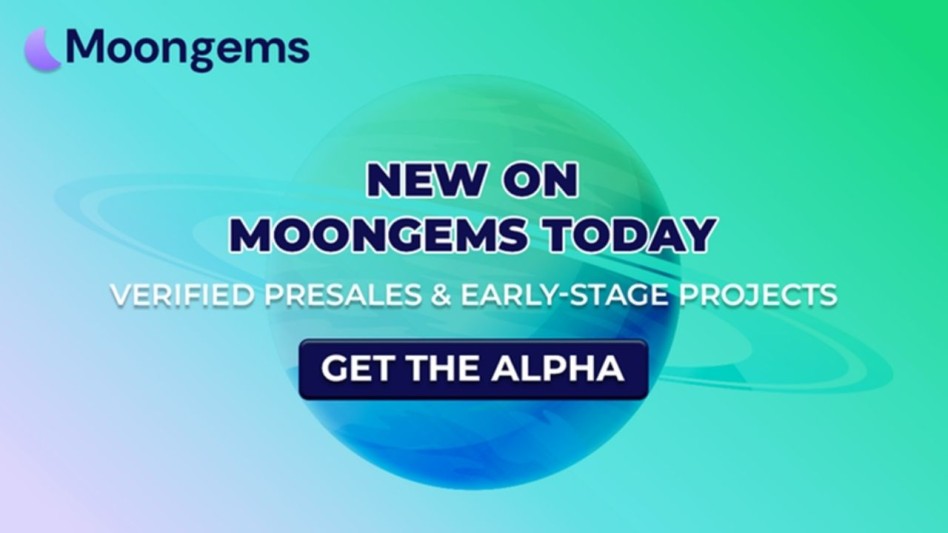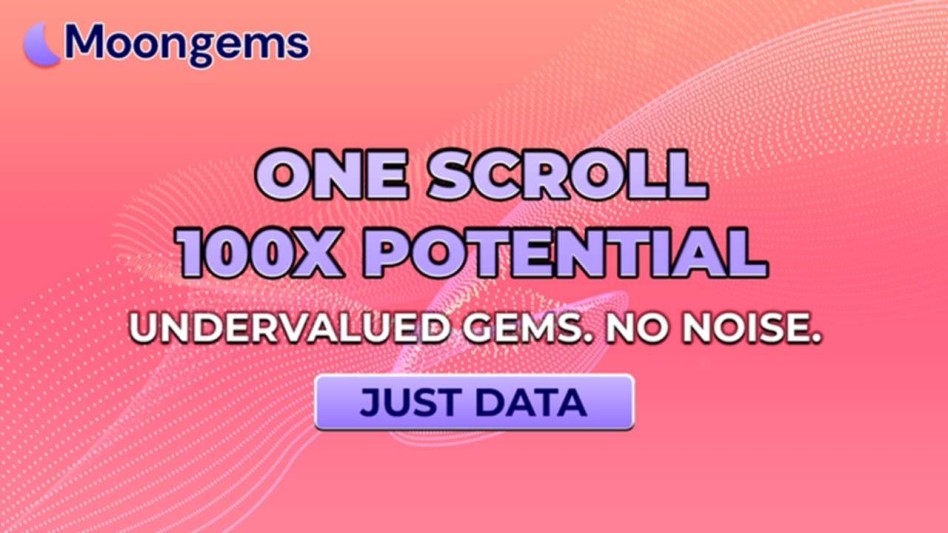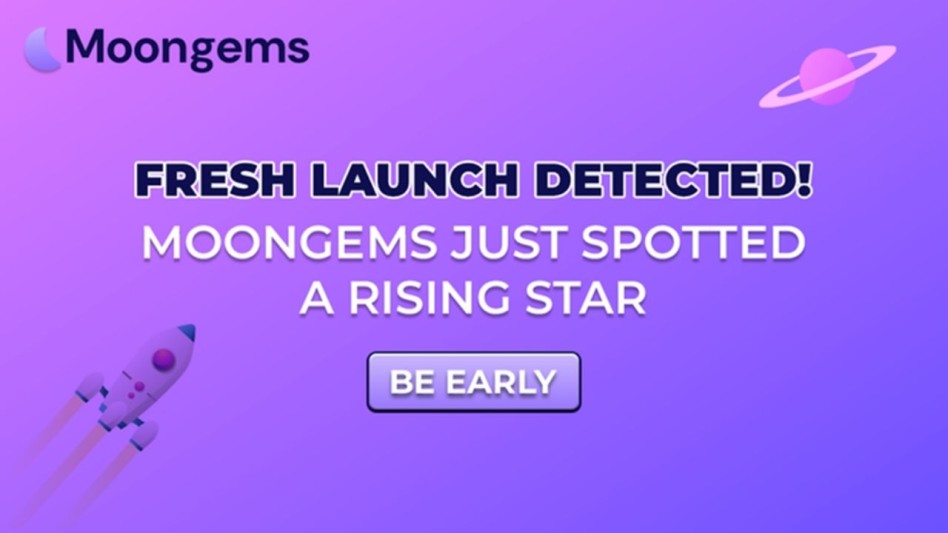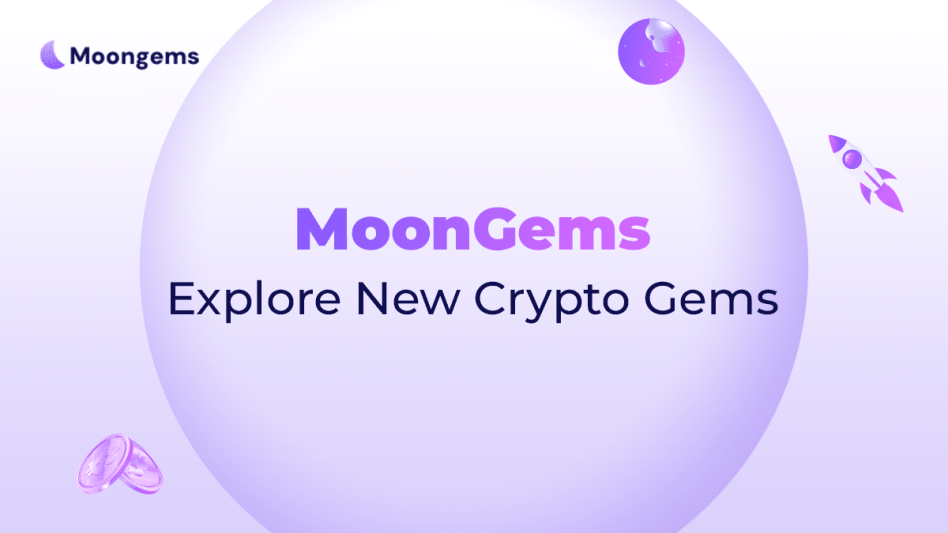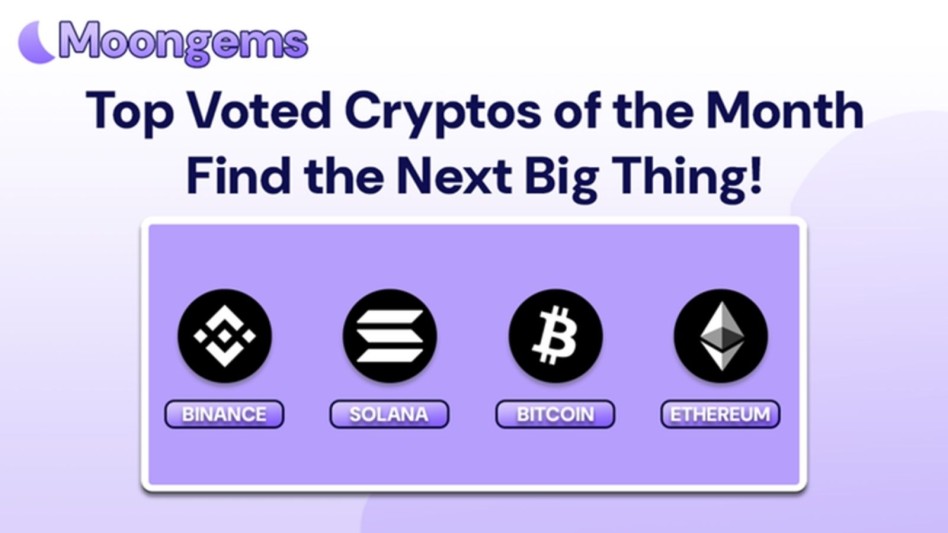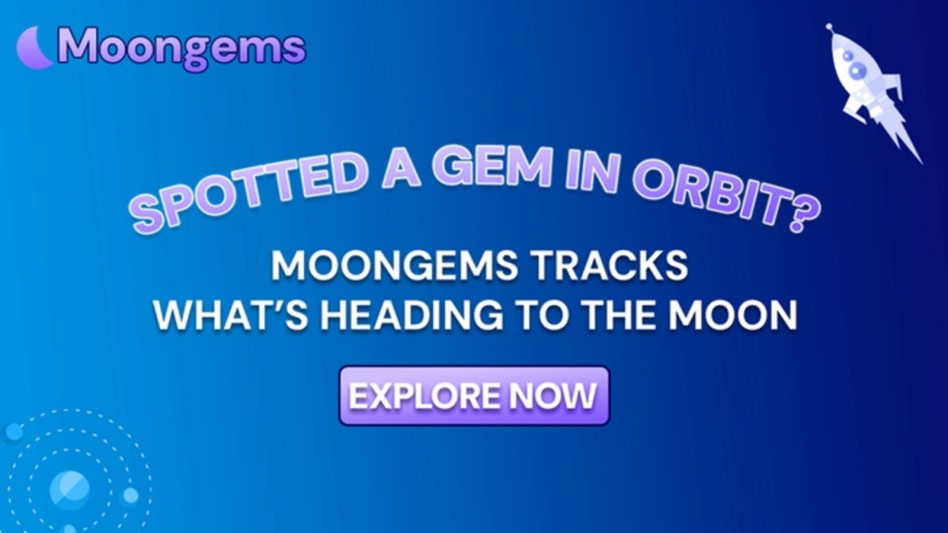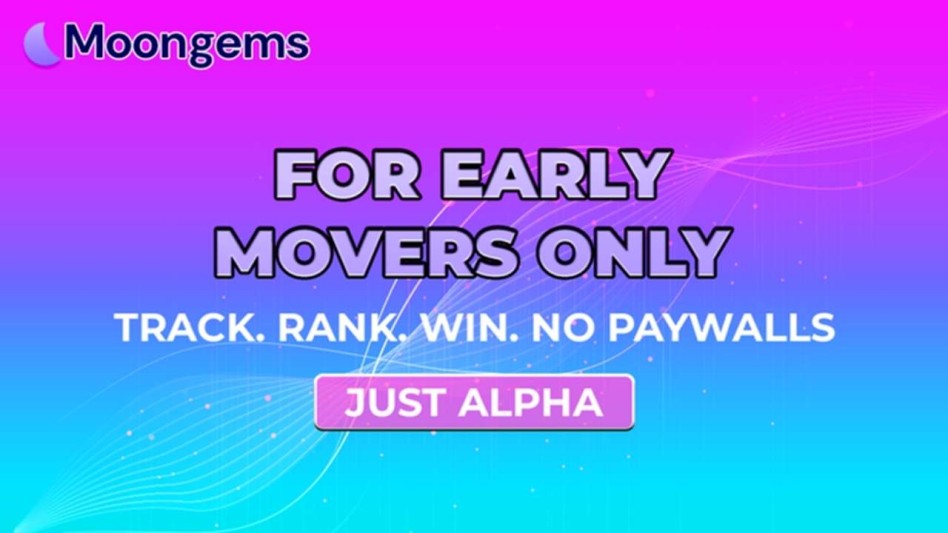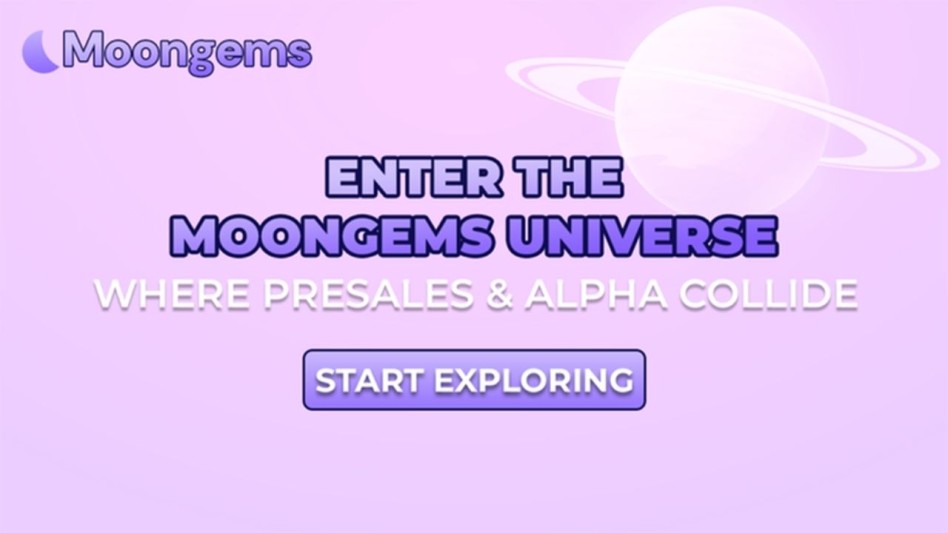Author: Jawad Hussain – Crypto Analyst & Web3 Researcher | 9+ years tracking presales, IDOs, and token launches. Follow him on Twitter and LinkedIn.
Crypto tokenomics is more than just numbers on a screen—the invisible engine powers a project’s price, potential, and long-term survivability. At MoonGems, promising presales soar—or sink—based entirely on how well (or how poorly) their tokenomics were structured. In 2025, understanding the difference between hype and healthy mechanics is essential.
As presale participation explodes, many buyers are drawn to flashy marketing, wild price predictions, and influencer hype. But here at MoonGems, we urge caution: without smart tokenomics, a token is just a ticking time bomb. The best investors in the MoonGems community know how to dig into the numbers, ask the hard questions, and look past the memes.
In this article, MoonGems breaks down the critical components of crypto tokenomics—from supply schedules and burn mechanics to inflation controls and real-world utility. Whether you’re a beginner or a seasoned degen, these insights separate sustainable moonshots from short-lived pumps.
Before you lock in your next presale buy, let MoonGems walk you through the tokenomics blueprint that can make or break your investment.
1. Total Supply vs Circulating Supply: Know What You're Really Buying
At MoonGems, one of the first questions we teach our readers to ask is: What’s the real supply picture here? Total supply refers to the maximum number of tokens that can exist. Circulating supply is the amount already available for trading. The difference can be the key to spotting dilution risks.
Many presales listed on MoonGems start with a small circulating supply and a much larger total supply that unlocks over time. This makes the token appear scarce and drives early FOMO, but without proper unlock controls, a price collapse may follow once large allocations hit the market.
MoonGems recommends always checking for a published unlock schedule. A solid project will disclose exactly how much supply is hitting the market and when. Look for detailed charts in the whitepaper or tokenomics section on the project’s MoonGems listing.
Remember, it’s not just about how many tokens exist—it’s about how many can suddenly exist while you’re still holding the bag.
2. Allocation Breakdown: Who Gets What and When?
One of the most scrutinized sections in any MoonGems presale analysis is token allocation. A presale might have strong branding, but it's an investor trap in disguise if the allocation favors insiders or leaves too much power with the devs.
Smart MoonGems users evaluate:
- Team and advisor allocations (should be under 20% and time-locked)
- Liquidity pool and staking allocations (should support growth)
- Presale caps (should be reasonable, not overfunded)
- Vesting and cliff periods for all non-public wallets
MoonGems constantly flags unfair allocations as high-risk. Presales with oversized team wallets and no vesting often result in post-launch dumps that drain buyer confidence. Look for lockups of at least 6 months and vesting periods that stretch across 12 to 24 months.
Fair distribution means fair opportunity. MoonGems believes every buyer deserves a level playing field, not a race to beat the whales.
3. Token Burns: Deflation or Deception?
At MoonGems, presales use “burns” to generate hype, but not always with the expected integrity. A token burn is only valuable if it’s consistent, transparent, and tied to actual usage, not just a one-time marketing stunt.
Some projects listed on MoonGems burn tokens during the presale, while others implement ongoing deflation via transaction taxes or revenue-driven burn mechanisms. The difference is sustainability.
MoonGems advises investors to evaluate:
- Is the burn automated or manually controlled?
- Does it rely on fees, or is it “burn for PR”?
- Is the team publishing burn wallet addresses for verification?
Deflationary models can drive scarcity, but are no substitute for real demand. At MoonGems, we prioritize projects where burning is one part of a broader economic plan, not the entire plan.
If the only promise of future value is “we’ll burn 90% of supply,” you’re not investing—you’re gambling.
4. Real-World Utility: Hype Fades, Use Cases Stick
Ask any MoonGems analyst what separates a pump-and-dump from a sustainable project, and they’ll give you one word: utility. Without use cases, a token is just a speculative placeholder. With utility, it becomes infrastructure.
MoonGems encourages you to look for a utility that fits naturally within the ecosystem. This includes:
- Governance functions
- Access to services or content
- Fee discounts or staking benefits
- Play-to-earn mechanics in games or dApps
When reviewing projects on MoonGems, we reward tokens with built-in functionality that keeps them relevant after launch. If the token only exists for price speculation, it likely won’t survive the next downturn.
Remember: Hype can get people in the door. But utility is what keeps them from leaving. MoonGems only highlights presales with long-term product alignment.
5. Inflation Control: Can This Token Survive Its Own Emissions?
MoonGems has exposed many presales with hidden mint functions, vague treasury controls, or misleading “fixed supply” claims. Inflation is one of the stealthiest risks in presale tokenomics, and it often goes unnoticed until it’s too late.
A project might start with a fixed supply, but if its smart contract allows for token minting, the “cap” is meaningless. That’s why MoonGems encourages buyers to:
- Review smart contract audit findings
- Ask whether minting is disabled or governed
- Check the staking emissions and release rates
Projects listed on MoonGems with strong inflation controls usually include capped reward pools, slow unlocks, and governance checks on new minting. These measures preserve long-term value and prevent hyperinflation.
If the supply can grow faster than demand, MoonGems calls that a red flag—no matter how promising the chart looks.
6. Staking and Yield Mechanics: Is the APY Too Good to Be True?
Everyone loves passive income, and at MoonGems, we track APY offers like hawks. But here’s the truth: if the rewards aren’t backed by revenue or smart tokenomics, they’re just hot air.
MoonGems investors should examine:
- Where do the staking rewards come from?
- Is there a lock-up period or early withdrawal penalty?
- Are emissions offset by burns or capped at a maximum?
Tokens offering 400%+ APY with zero lockups are likely running unsustainable models. On MoonGems, we highlight presales that offer realistic staking systems that encourage holding, align with vesting timelines, and reduce circulating pressure post-launch.
APY is only valuable if the token itself holds value. MoonGems reminds buyers: high yield on a crashing asset is still a loss.
7. Revenue Streams and Economic Sustainability
MoonGems always asks: Where is the money coming from? Hype gets a project off the ground, but revenue sustains the flight. Tokenomics should include a plan for platform earnings, whether through dApp usage, trading fees, subscription models, or other B2B/B2C revenue streams.
Projects listed on MoonGems with high long-term potential typically feature:
- A service economy tied to token use
- Fee-sharing models with token holders
- Protocol buybacks or burn programs
- Clear business development milestones
If a token's only “business model” is more buyers, that’s not tokenomics—it’s a pyramid scheme. MoonGems helps you avoid those traps by spotlighting only economically viable presales.
Want to know which tokens will survive beyond their launch week? Follow the revenue.
Conclusion
Crypto tokenomics is no longer just a technical sidebar—it’s the heartbeat of every serious project. At MoonGems, we believe that understanding supply mechanics, burn logic, staking sustainability, and utility isn’t optional—it’s essential for survival.
The best presales on MoonGems share one trait: tokenomics that actually make sense. There are no vague promises, no funny math, just structured economic systems designed to reward users, build value, and resist collapse.
So, before you chase the next trending launch or viral meme coin, run it through the MoonGems tokenomics checklist. Your future self will thank you.
Because in a market full of noise, MoonGems stays focused on what really matters: value that lasts.
Frequently Asked Questions
- What is tokenomics in crypto?
Tokenomics is the design and logic behind a crypto token’s economic system, including supply, distribution, and incentives. - Why does MoonGems focus on tokenomics in presales?
Because tokenomics are often the clearest indicator of whether a project will sustain post-launch or collapse under its own hype. - What’s the difference between total and circulating supply?
Total supply is the cap; circulating supply is what’s actively traded. MoonGems tracks both to flag dilution risks. - Are all token burns useful?
Not necessarily. MoonGems checks whether burns are consistent, transparent, and backed by usage. - Does MoonGems recommend staking tokens in presales?
Only when the APY model is sustainable, revenue-backed, and aligned with vesting mechanics. - How can I tell if inflation is a risk?
Check the minting authority and reward emissions. MoonGems warns against uncapped supply increases. - Is utility more important than hype?
Always. At MoonGems, utility is the foundation of long-term value. Hype is fleeting.
Glossary of Key Terms
- Tokenomics: Structure and strategy behind a token’s economic model
- Total Supply: Max number of tokens that can exist
- Circulating Supply: Tokens currently tradable in the market
- Burn Mechanism: Process of permanently removing tokens from supply
- Staking APY: Reward rate for locking up tokens
- Minting: The creation of new tokens via smart contracts
- Inflationary Model: System where supply increases over time
- Utility Token: A token that powers platform functions
- Vesting Schedule: Timed token release to prevent early dumps
- MoonGems Checklist: Internal tokenomics evaluation used to assess presale health
Disclaimer
This content is for informational purposes only and does not constitute financial or investment advice. Investing in cryptocurrency, including presales, carries high risk and may result in loss of capital. Always do your own research (DYOR) and consult with licensed financial professionals before making investment decisions.




